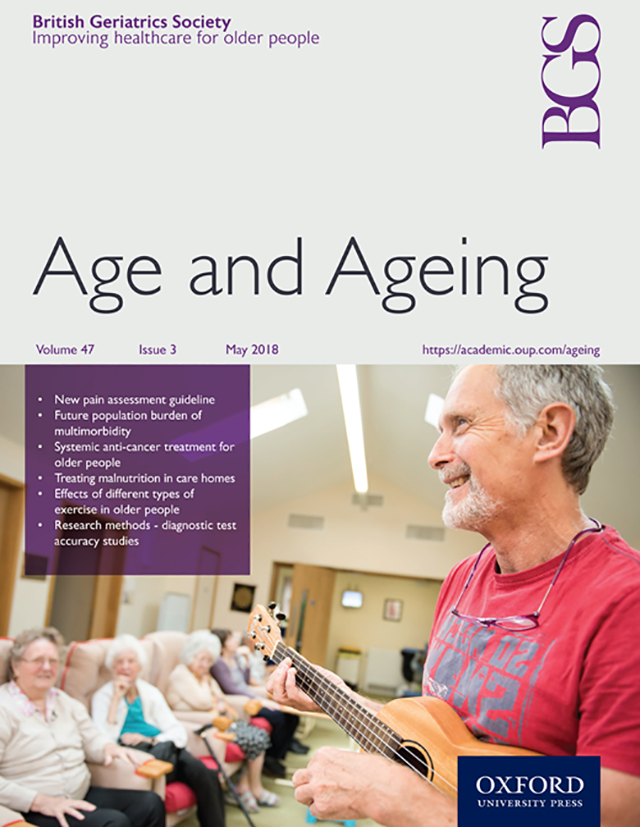Alexandra Mayhew PhD is a postdoctoral fellow in The Department of Health Research Methods, Evidence and Impact at McMaster University. Her article, Normative values for grip strength, gait speed, timed up and go, single leg balance, and chair rise derived from the Canadian longitudinal study on ageing, was recently published in Age and Ageing.
Change is the only constant in life, and this includes shifts in how our bodies function as we grow older.
To help understand and track these changes, we have created performance charts for mid- to late-life adults which show the distribution of expected performance for five commonly used measures of physical function.
Even the healthiest people will experience declines in measures such as grip strength and walking speed as they get older. Still, despite these age-related declines, many older adults have sufficient physical function to maintain their independence, participate in social engagements, pursue their hobbies, access healthcare, and otherwise enjoy a fulfilling ageing journey.
Given how integral physical function and mobility are to healthy ageing, there is a clear benefit to identifying people that have low physical function and mobility before they experience limitations in their independence and ability to participate in life. Early intervention could change the trajectory of functional decline, preserving mobility and function, and delaying the loss of independence.
As shown in recent studies, age-related declines in physical function and mobility have made identifying at-risk individuals challenging. Traditionally, single cutoff values have been used, such as defining slowness as having a gait speed below 0.8 meters per second. This approach tends to identify many older adults and very few younger adults as being “slow”. Comparing individuals identified as “slow” versus those with a functional limitation, there is a clear bias towards identifying older adults as “slow” in the absence of functional limitations, and not considering younger adults “slow” in the presence of functional limitations.
In our recent paper published in Age and Ageing we provide an alternative to the traditional cutoff approach, taking the age-associated decline of physical function into account. We created performance charts of five tests of physical function for adults aged 45 to 85 years: grip strength, gait speed, timed up and go, chair rise, and balance.
Importantly, we have shown that using age-specific percentile values as cutoffs for our performance charts is not subject to the same bias towards over-identifying older adults without functional limitations as having low performance, while also better identifying younger adults with functional limitations as having low performance compared to traditional cutoffs.
Our methodology for these charts was inspired by the World Health Organization’s growth charts for children. The rapid growth experienced by infants and children is analogous to the declines in physical function experienced as we age. Like the growth charts for children, our performance charts show the distribution of values for each age through the use of lines indicating different percentiles (i.e. 5th, 10th, 20th, 50th, 80th, 90th, 95th) in healthy individuals.
The selection of a healthy reference population to construct growth/performance curves is vital. The goal of these curves is not to show the distribution of performance in a particular sample of adults, but rather to show what the distribution of performance is by age under ideal circumstances. For the performance tests, we defined “healthy” as the absence of mobility disability or use of mobility devices.
These charts can quickly be used in clinical settings to determine how a person is doing functionally relative to healthy individuals of the same age and sex, as well as to track the pattern of performance of that person over time. The performance values we have developed offer a time- and cost-effective solution for monitoring physical function in clinical settings.



